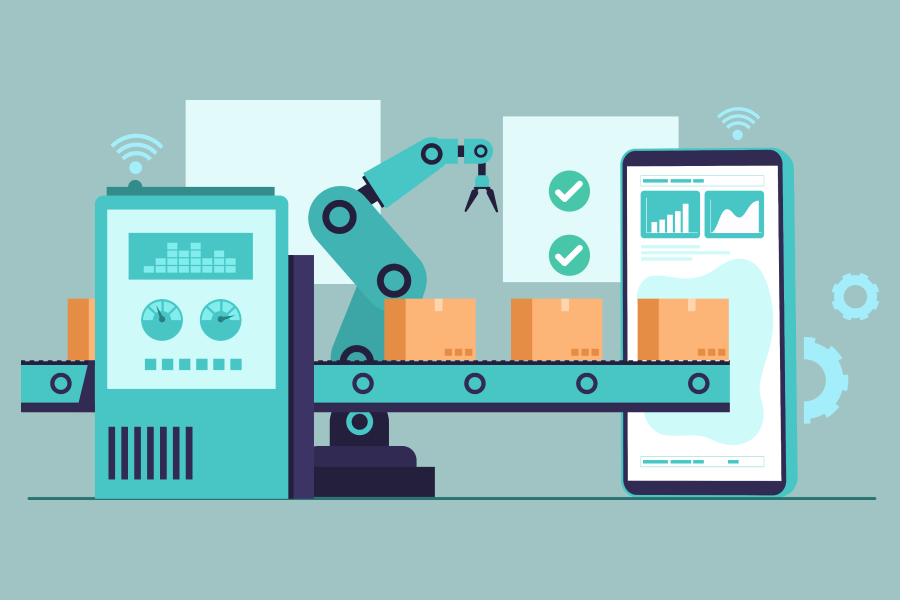SAAS simply describes any cloud service where consumers are able to access software applications over the internet. The applications are hosted in “the cloud” and can be used for a wide range of tasks for both individuals and organisations. Google, Twitter, Facebook and Flickr are all examples of SAAS, with users able to access the services via any internet enabled device.
There are a number of reasons why SAAS is beneficial to organisations and personal users but before moving to it we would like your attention on few things which can make SAAS bigger in future. What research is saying:
The future is looking pretty bright for the Software as a Service (SAAS) delivery paradigm as more shops, both enterprise customers and SMBs, move beyond early experimental implementations and into more prolonged deployments of mission-critical applications on SAAS clouds.
Most businesses turn to SAAS for one of two reasons. Either budgets are tight and they can’t afford to purchase the software outright or they don’t have the IT infrastructure in place to support it. Those are perfectly legitimate reasons. However, even more compelling reasons to choose the SAAS model often are overlooked or misunderstood.
One misconception about SAAS is that it’s not secure. The truth is SAAS is far more secure than your typical enterprise network. It’s a trust issue. People trust those within their organization but are leery of outsourcing key information.
Extended further, this changes the nature of IT, transforming it from an information technology support department to a business-optimization unit. Instead of working with users to fix problems, IT (or in this case SAAS customer service) works with end users to optimize their workflows.
The SAAS model has flourished in recent years because of the many benefits it offers to businesses of all sizes and types like:
- No additional hardware costs
- No initial setup costs
- Pay for what you use
- Usage is scalable
- Updates are automated
- Cross device compatibility
- Accessible from any location
- Applications can be customised and whitelabelled
Clients should consider the software as a service model if both the solution and deployment model meet their specific needs and if vendor viability is a manageable and acceptable risk for them.

 Web and Full Stack
Web and Full Stack CMS and Frameworks
CMS and Frameworks Online Marketing
Online Marketing Cloud Services
Cloud Services ECommerce
ECommerce Mobile
Mobile



